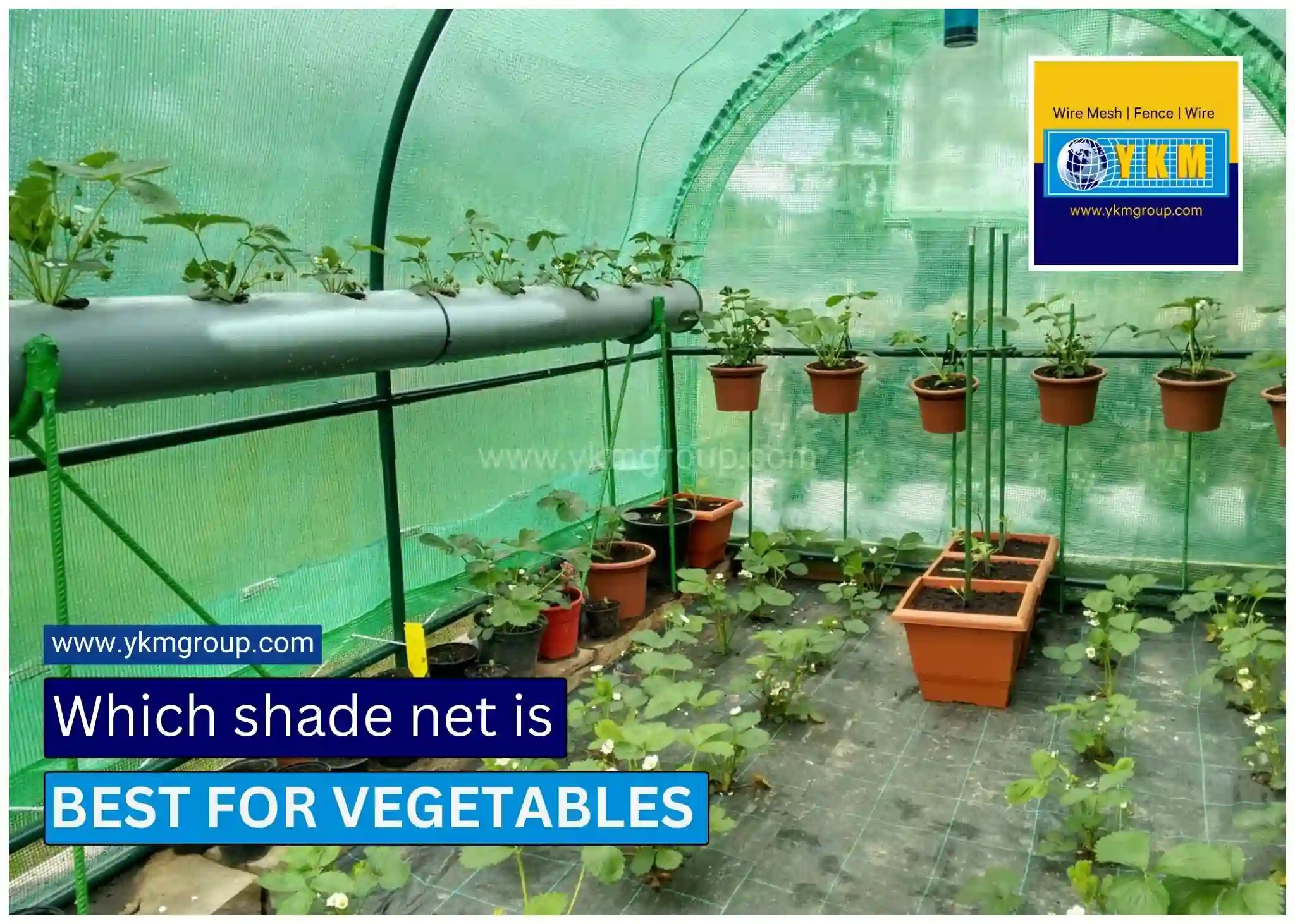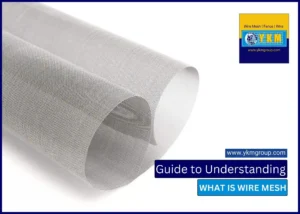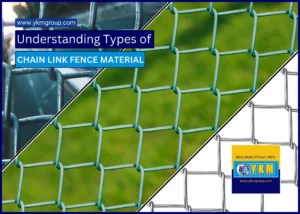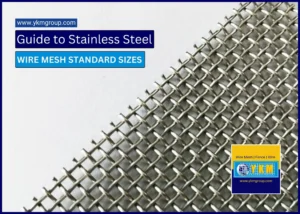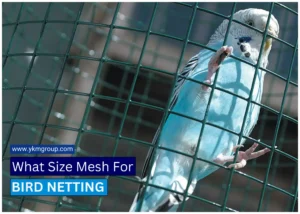Shade net plays a crucial role in modern agriculture, particularly in the cultivation of vegetables. With advancements in technology and materials, understanding which shade net is best for vegetables has become essential for maximizing yield and ensuring crop quality. In this article, we will explore the various types of shade nets available in the market and specifically focus on why YKM International LLC shade nets stand out as the best choice for vegetable growers.
Types of Shade Nets for Vegetables
Knitted Shade Net
Knitted shade nets are made from interlocking threads, providing durability and uniform shading. They offer excellent ventilation and light diffusion, making them suitable for a wide range of vegetables.
Monofilament Shade Net
Monofilament shade nets consist of single-threaded fibers, offering higher strength and stability compared to other types. They provide superior UV protection and are ideal for crops that require intense sunlight.
Woven Shade Net
Woven shade nets are constructed from woven strips of material, offering excellent durability and resistance to tearing. They provide reliable protection against hail, wind, and heavy rain, making them suitable for outdoor vegetable cultivation.
Understanding Shade Percentage
Shade nets are commonly categorized by their shade percentage, which indicates the amount of sunlight they block. Here\’s a breakdown of the range and its impact on plants:
- Low Shade (20-30%): Provides mild protection, suitable for areas with moderate sun or for protecting young seedlings from intense midday sun.
- Medium Shade (30-50%): Ideal for most vegetables in hot climates, offering significant sun protection while allowing sufficient light for healthy growth.
- High Shade (50-70%): Blocks a substantial amount of sunlight, best suited for shade-loving vegetables or in exceptionally hot and arid regions.
- Very High Shade (70%+): Blocks a large portion of sunlight, primarily used for creating deep shade areas or protecting against frost.
Understanding which shade net is best for vegetables based on Shade Percentage
When selecting which shade net is best for vegetables based on shade percentage, consider the specific light requirements of the vegetables you\’re growing. Here\’s a general guideline:
- Full Sun Vegetables (tomatoes, peppers, eggplants, squash): Thrive in 6-8 hours of direct sunlight daily. Opt for a 20-30% shade net in scorching climates or for temporary afternoon shade.
- Partial Sun Vegetables (lettuce, spinach, beets, carrots): Prefer 4-6 hours of direct sunlight daily. A 30-40% shade net can be beneficial in intense heat.
- Shade-Loving Vegetables (leaf lettuce, Swiss chard, kale): Do best with filtered light or indirect sunlight. Use a 50-70% shade net, especially in regions with strong sunlight.
Additional Factors to consider before deciding which shade net is best for vegetables
Beyond shade percentage, several other factors influence the effectiveness of which shade net is best for vegetable which are:
- Climate: Hot and arid regions generally require a higher shade percentage compared to cooler climates.
- Season: Shade needs may vary throughout the growing season. Seedlings might benefit from more shade initially, while mature plants may tolerate more sunlight.
- Time of Day: The intensity of sunlight varies throughout the day. Consider if shade is primarily needed during the hottest part of the day.
- Plant Spacing: Closely spaced plants may benefit from more shade to prevent overcrowding and competition for light.
- Net Material: Shade nets are typically made from woven polyethylene (HDPE) or knitted polypropylene. HDPE offers better durability and UV resistance.
- UV Protection: Ensure that the shade net offers adequate UV protection to prevent sun damage to crops.
- Durability: Opt for shade nets made from high-quality materials that can withstand environmental factors and frequent use.
- Size and Weight: Select shade nets that are compatible with the size of the farming area and easy to install and maintain.
Benefits of Using Shade Nets for Vegetables
Understanding which shade net is best for vegetables and understanding its benefits can help you make an informed decision. The common benefits of using a shade net for vegetable includes:
Protection from Harsh Sunlight
Shade nets serve as a protective barrier against excessive sunlight, which can scorch delicate vegetables and hinder their growth. By providing shade, these nets create a conducive environment for optimal plant development, preventing sunburn and heat stress.
Temperature Regulation
Maintaining an optimal temperature is crucial for the health and vitality of your vegetables. Quality shade nets help regulate temperature by reducing heat buildup during scorching days and minimizing heat loss on chilly nights, ensuring a favorable climate for your plants year-round.
Pest and Insect Control
In addition to shielding your vegetables from harsh weather conditions, shade nets act as a deterrent to pests and insects. By creating a physical barrier, they prevent unwanted visitors from feasting on your crops, reducing the need for chemical pesticides and promoting a healthier, more sustainable garden ecosystem.
Conclusion: Cultivating a Thriving Vegetable Garden with the Perfect Shade Net
By understanding your specific vegetable garden needs and the various factors influencing shade selection, you can understand which shade net is best for vegetables to create a flourishing and productive vegetable haven. Our high-quality shade nets offer a cost-effective and versatile solution for regulating sunlight intensity, promoting healthier plants, and extending your growing season. With proper installation and maintenance, your YKM International shade net will be a valuable asset in your vegetable gardening endeavors for years to come.
